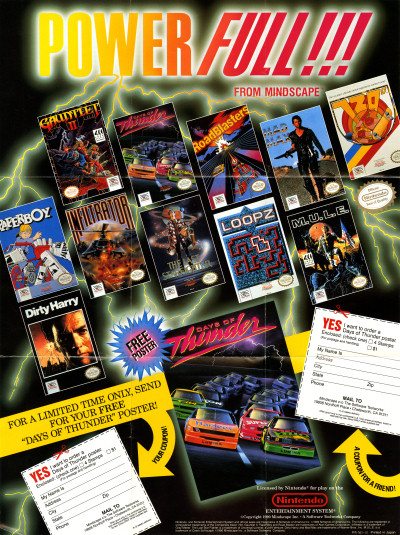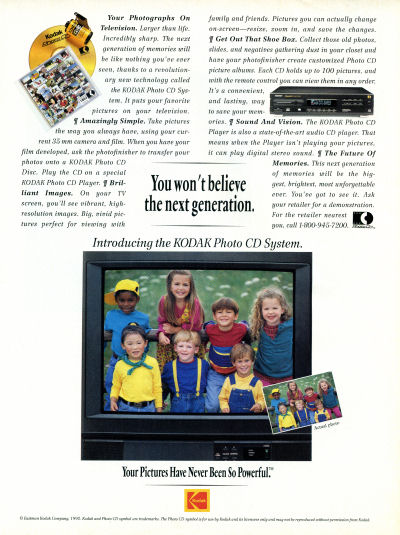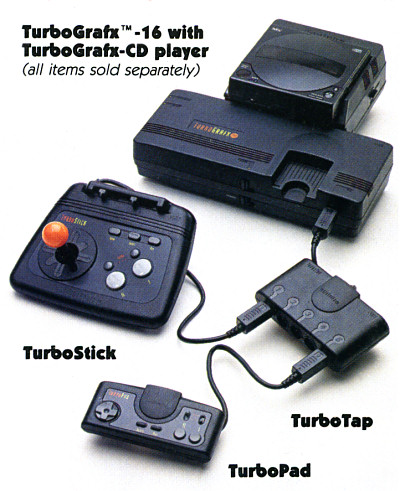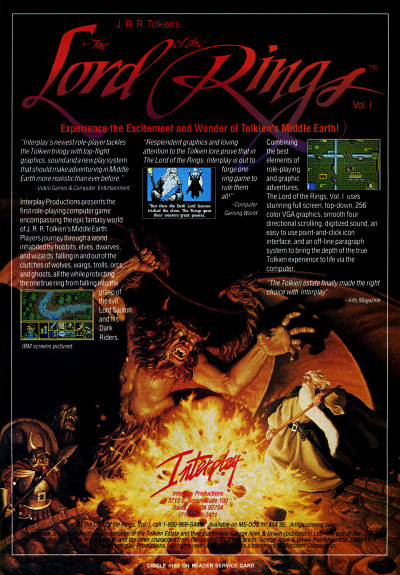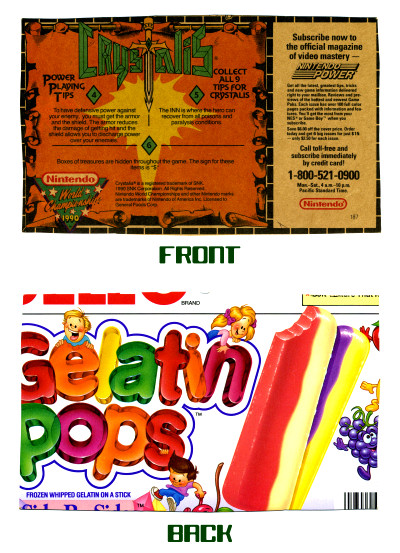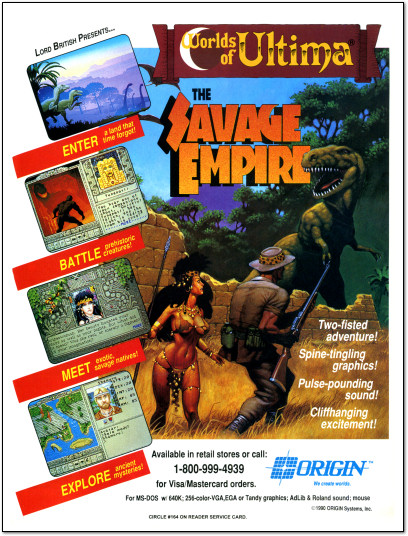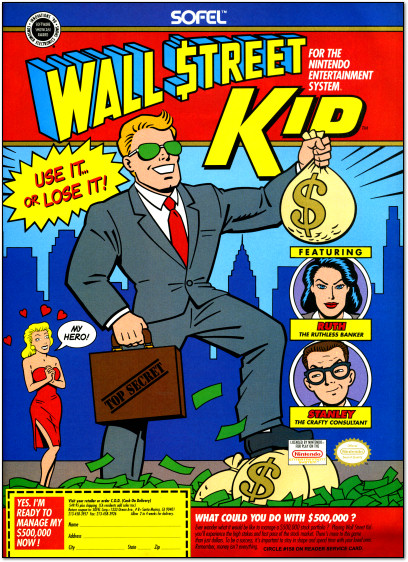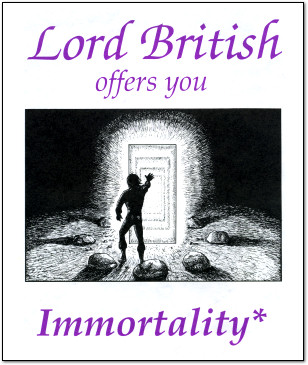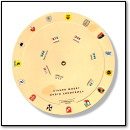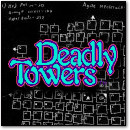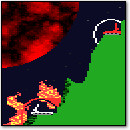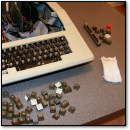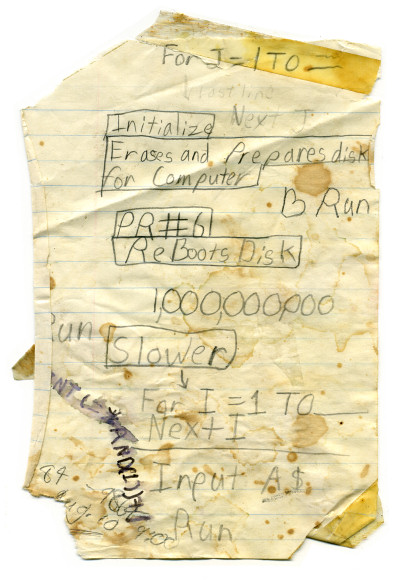 An authentic, Coke-stained programming reference
An authentic, Coke-stained programming reference
I’m sure I’ve told this story somewhere else — probably about five times at this point, but here it goes again. When I was maybe 9 or 10 (in 1990 or 1991), my dad bought me a nice Apple II+ setup from someone at the local hamfest for about $100.
(I recently found the original handwritten price tag for that machine, which you can see here. I said about $100 because haggling was common, and he may have actually paid $70 or $90 for it. It’s worth noting that $100 was a lot of money for an old computer back then, and it commanded that price because it was perceived as still being useful at the time. Later, used Apple II prices sunk, then went back up again as they became collectible.)
As I learned to program BASIC on the machine using Apple’s fairly well-written AppleSoft programming manuals, I began to make a list of frequently-used programming techniques that I could easily reference.
It was my dad’s idea — and he was very big into making notes, dating papers, and documenting things. However, I found that handwriting cramped my hand because I didn’t hold a pencil properly, so I absolutely hated it. And yes, that gave me trouble in school. But I can still remember my dad’s words now. It was a familiar conversation:
“Write this down: Initialize prepares a new disk.”
“Ok, dad.”
“WRITE IT DOWN.”
Obviously, I did as he instructed, then continued to add to the list over the following days. Not long after creating it, I taped the notes to my desk right beside my Apple II+. There they stayed for at least a few years as I continued to tinker with BASIC.
Eventually, that desk (made out of a hollow, uncut door laying across two shelf pillars) got so nasty with stickers and writing that it went to the dump. Just before it departed, I peeled my BASIC note off and stuck it in my files. There it stayed until I rediscovered it just last year in some old papers.
As dirty and Coke-stained as the note is today, I am glad I still have it. At the risk of stretching a metaphor, it’s a little bit like rediscovering an old friend that helped me through a tricky period of my life. At the very least, I will always remember PR#6.
[ From Benj Edwards personal handwritten AppleSoft BASIC notes ]
Discussion Topic of the Week: What was the first programming language you ever used? How old were you?
